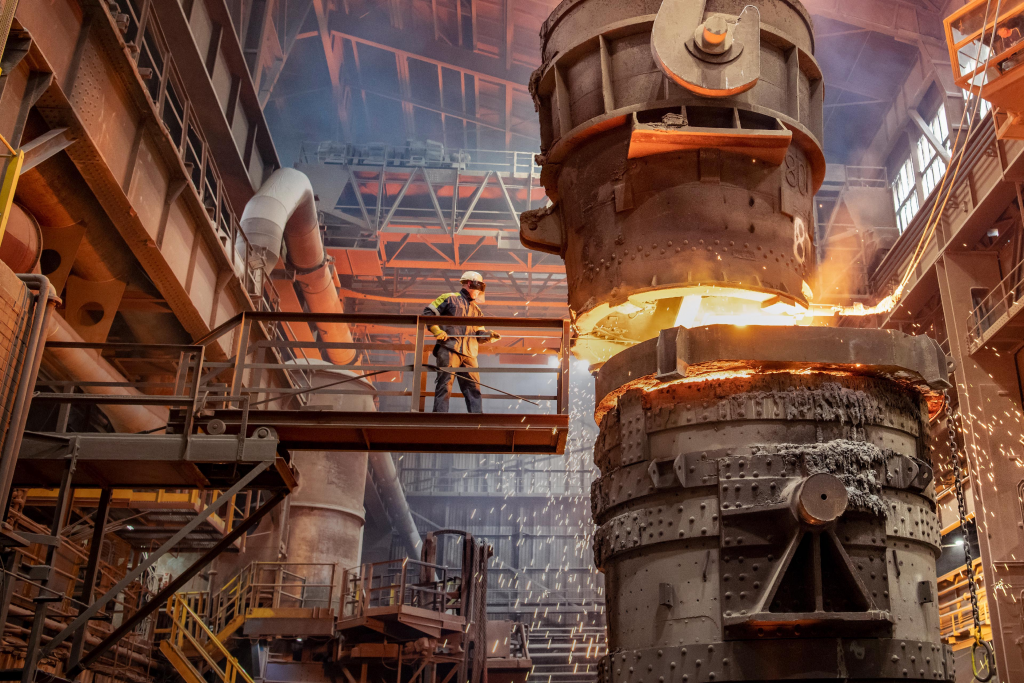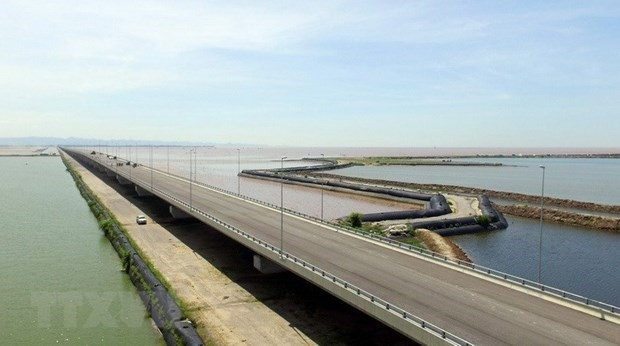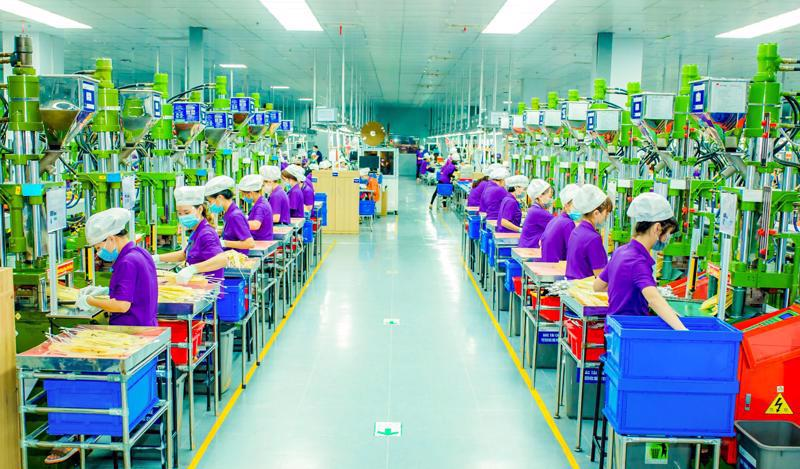
Population growth and urbanization are increasing the pressure on plans to develop a synchronized infrastructure network. These factors are significantly shaping the future of the steel structure industry, with policies and trends focusing on reducing or eliminating environmental impacts playing a crucial role.
Era of steel structures

Urbanization, driven by rising demand, is expanding infrastructure networks, especially in developing countries such as India and China. According to World Steel, global steel production demand reached 1.763 billion tons in 2023. This figure is projected to rise to 1.793 billion tons in 2024 and 1.815 million tons in 2025. The Asia-Pacific region remains dominant, accounting for an estimated 70-71 per cent of global demand during this time, with around 52 per cent of global steel used in construction and infrastructure.
At the same time, digital tools like Building Information Modeling (BIM) are transforming processes from planning to operation. These tools help optimize risk management, control costs, and ensure projects are delivered on schedule, enhancing competitiveness in the steel structure sector.
Advances in AI are also revolutionizing the industry. AI supports faster and more precise building designs while intelligent robots streamline construction timelines, particularly for modular steel structures. Additionally, AI aids in the efficient transportation of prefabricated steel components from factories to construction sites.





